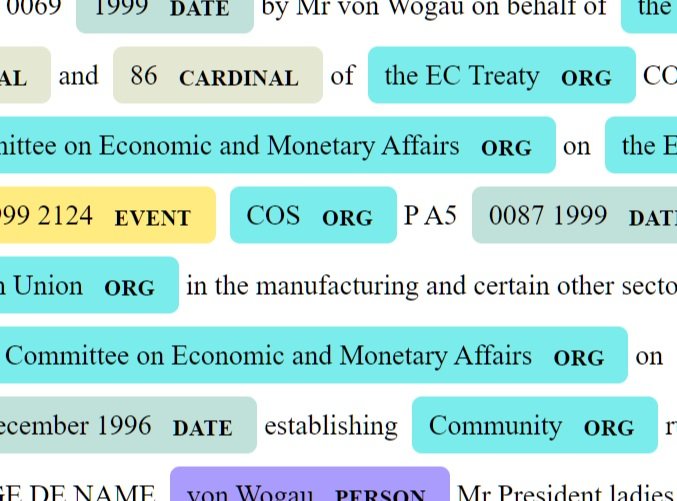Building Value with AI and
SuperCharging Your DevRel

Build, Share, Repeat!
I’m an AI-focused Developer Relations Engineer based in London with a PhD in cognitive neuroscience. I build intelligent systems that adapt, iterate, and scale, while helping others do the same.
I’ve shared practical LLM workflows at community events like Mindstone AI, Roosh Circle, and MLOps London, making complex architectures accessible to developers, teams, and decision makers.
My work spans biotech and education, from a patent-focused retrieval system at Insmed to LangGraph agents used by 6,500+ learners on DataCamp. Whether working with orchestration tools like LangChain and LangGraph or LLM providers like OpenAI and Hugging Face, I deliver fast, functional workflows while upskilling teams.
If you need someone who can prototype quickly, explain clearly, and bridge technical and non-technical audiences, let’s talk!
Dilini K. Sumanapala, PhD
Founder, Developer Relations Engineer
Genverv Ltd.
AI Agents course for DataCamp
I developed and deployed advanced AI agents to 6,500+ DataCamp learners, showcasing how to rapidly prototype and orchestrate chatbot and language-based AI applications using LangChain and LangGraph. I guided users through robust development pipelines in Python, emphasizing practical implementation of both foundational and advanced tools for building multi-step agents capable of handling user queries and executing autonomous tasks.
Large Language Models are a rapidly evolving domain, and I led the development and deployment of a chat application designed to interact with hundreds of patent data documents. To mitigate the risk of “hallucinations,” I implemented Retrieval-Augmented Generation (RAG), ensuring the LLM’s responses were constrained to specific data stored in vector databases on cloud platforms such as Qdrant. This approach enables organisations to guarantee that all outputs from the LLM are reliably grounded in their proprietary datasets.
Chatting with Patent Data using LLMs
Using current NLP tools, it is possible to quantify the similarity between different forms of text, which can easily be translated into recommendation engines. While I developed this pipeline to assess the similarity between different books, it is possible to calculate similarity on any type of content such as scripts, qualitative research, organisational documents, etc.
Book Recommendations using NLP Text Similarity
HuggingFace is a powerful library that includes tools for complex text processing. Here, I use HuggingFace transformers to create summaries of well-known public domain sci-fi novels downloaded from Project Gutenberg. Similar techniques can be deployed for summarising many forms of text documents, increasing the speed of research within organisations for fast paced environments.
Text Summarization using HuggingFace NLP Transformers
Natural Language Processing and Twitter: A Case for Fashion Retail
Using real Twitter data, this project showcases how natural language processing can be used to track emotional sentiment towards a retail brand in a social media landscape.
Incorporating RoBERTa, Facebook’s sophisticated sentiment analysis tool, I quantified positive and negative attitudes towards a clothing brand across 60,000 tweets collected over the course of a year.
Named Entity Recognition Database for European Parliament Proceedings
Using Named Entity Recognition tools featured in the Spacy NLP library, I created a database of important entities (dates, events, persons, organisations, etc.) from 9000 publicly accessible European Parliamentary documents. Similar databases can be created whenever documents with similar semantic content need to be rapidly accessed together to facilitate research within an organisation.






